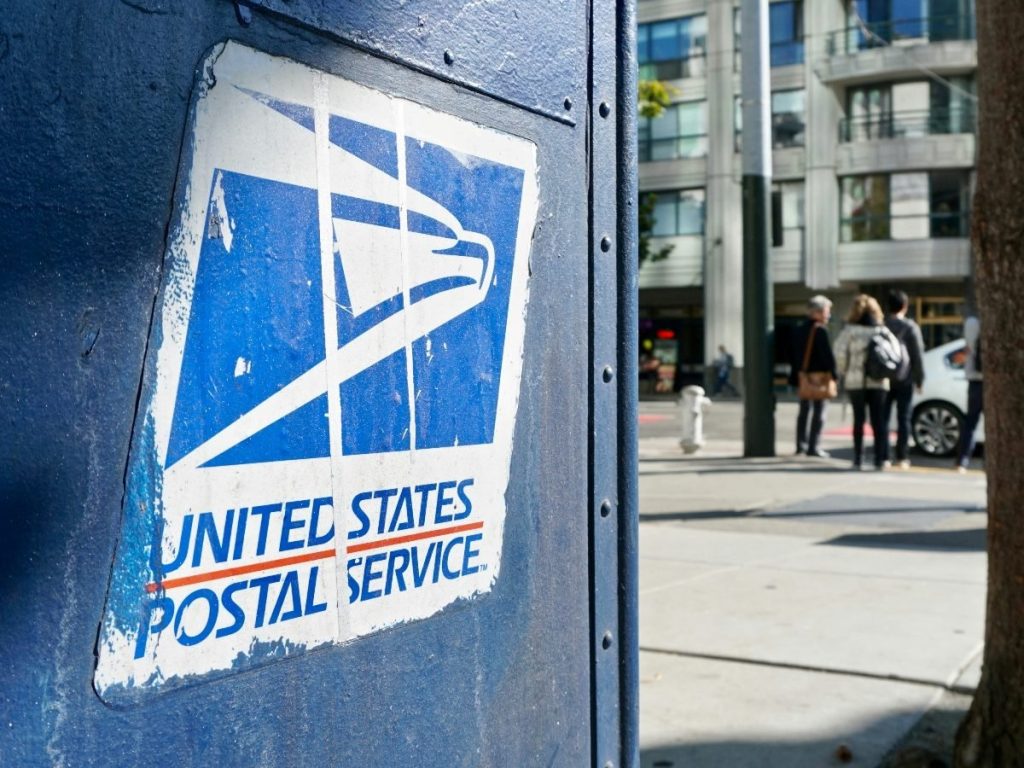The Gist
Proactive public service. USPS is shifting from problem-solving after the fact to anticipating and addressing issues before customers complain.
AI with guardrails. By building fairness checks and zero-trust security into its systems, USPS is prioritizing ethical and inclusive automation.
Better use of humans. AI handles repetitive questions so agents can focus on situations that need human empathy and judgment.
At a time when digital experiences shape public expectations, the United States Postal Service (USPS) is rewriting the rules of government-citizen interaction. Facing over 100 million annual calls and 13 million service requests (65% of which are related to package tracking), the USPS is deploying artificial intelligence (AI) to transform its customer service operations.
This transformation entails more than a tech upgrade; it’s a strategic reinvention of public service. With nearly universal reach across U.S. households and businesses, USPS’s commitment to modernizing citizen services through AI sets a benchmark for innovation in the public sector.
Table of Contents
USPS Moves to Solve Problems Before They Happen
Historically, USPS’s customer service relied heavily on manual processes. However, growing customer demands, particularly post-COVID surges in package volume, have made this approach unsustainable. By summer 2025, USPS will finalize its migration to a cloud-based call center platform supported by AI, which allows proactive resolution of issues before customers file complaints.
“We’re creating a system that doesn’t just respond to problems but anticipates them,” said Marc McCrery, vice president for customer experience at USPS.
This AI-enhanced approach includes automated, real-time package tracking and proactive issue identification and notifications. It also includes pattern analysis across millions of interactions, integrated customer histories across channels and reduced resolution time through predictive responses.
The ability to anticipate problems before they escalate significantly evolves how public agencies handle service delivery. This improves efficiency and helps USPS rebuild trust and credibility with a customer base that increasingly expects real-time updates and reliable communication.
Related Article: From Reactive to Proactive: Strategies for Anticipating Customer Needs
Mounting Pressure Forced a Change
The spike in service inquiries during the pandemic highlighted structural inefficiencies. Customers, accustomed to real-time updates from private carriers, grew increasingly frustrated with delays and vague status updates from USPS. Manual systems failed to identify recurring issues, which compounded dissatisfaction and drove up costs.
USPS also faced internal pressures. With legacy systems aging and labor resources stretched thin, AI offered a path forward to manage high-volume inquiries without compromising service quality. The ability to mine customer data for insights now allows USPS to respond strategically rather than reactively.
AI helps USPS meet evolving customer expectations while addressing operational blind spots. Predictive analytics and natural language processing (NLP) now allow the agency to identify systemic delays and deliver personalized responses efficiently.
Customer Experience in the AI Era
The practical benefits for customers are significant. NLP tools interpret vague or colloquial inquiries (“Where’s my stuff?”) and deliver context-aware answers. Meanwhile, AI proactively notifies customers about disruptions, reduces surprise delivery failures and supports consistent, up-to-date information across channels. Finally, over time, personalized interactions reflect customer history and preferences.
What sets this apart is that USPS is not just improving its call center responsiveness; it’s also redesigning the customer experience from the ground up. It’s moving toward a future where customers receive service before they even realize they need it.
Learning OpportunitiesView all
In one case study, USPS found that 40% of package status inquiries occurred within 24 hours of the expected delivery date. Proactive alerts during that window reduced these inquiries by 28% in just three months.
Such measurable improvements underscore the effectiveness of the AI approach, while also illustrating how a public agency can evolve without losing sight of its mission to serve everyone equitably.
Learn how you can join our contributor community.

